“Whatever you do, do it with passion” is the mantra that guided Manfred Kramer during his entire life, and his heritage still lives within the facsimile industry. He passed away on May 3rd, and this is my way of remembering him.
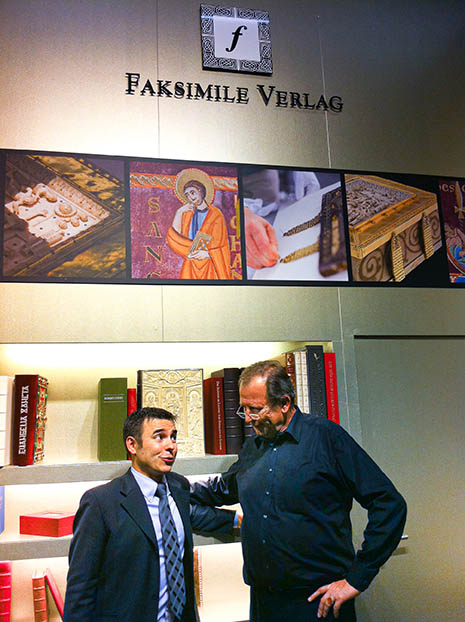
I met Manfred Kramer back in 2010, at my first Frankfurt Book Fair. I was there to present my uncommon distribution approach to facsimile publishers.
Despite his high rank as one of the most important publishers in the field, he took the time to listen to me, and spent very encouraging words that still give me the needed enthusiasm to bring on that idea 10 years later.
I didn’t have a chance to cooperate much with him as he retired that year from Faksimile Verlag, and we only occasionally met at fairs, but I’m lucky to work with Charlotte, his daughter, who holds the same sparkle in her eyes when it’s time to talk of new ideas.
The best way to celebrate his life and heritage is to report the words of those who cooperated with him, and personally experienced his dedication and kindness.
A Lifetime Spent Reproducing Beauty
Manfred Kramer was born on July 6th, 1945 in Bernkastel-Kues, a town on the banks of river Moselle in western Germany.
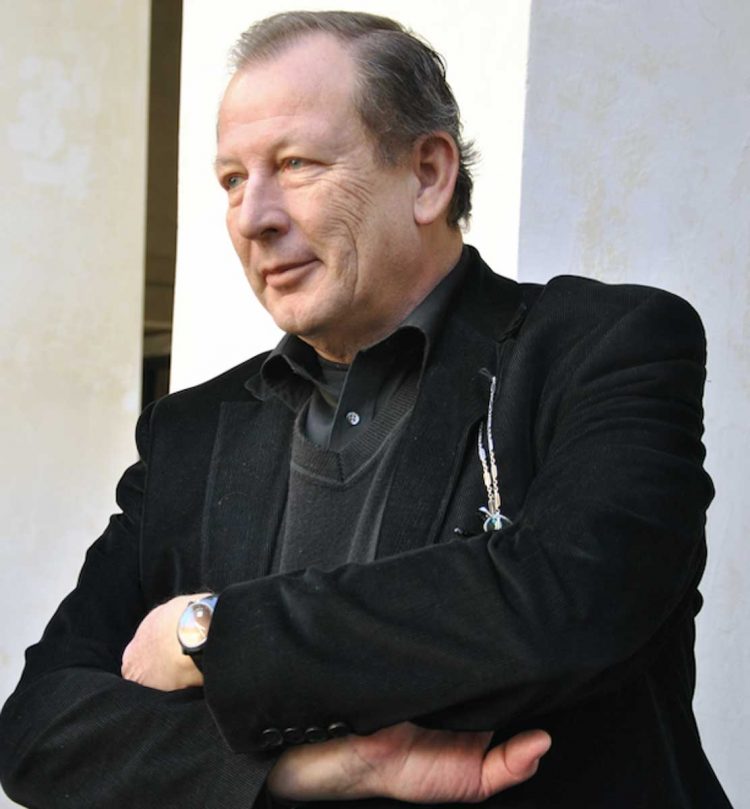
On May 14th, 1969, he obtained a degree in History and French from Graz University. Shortly after his graduation ceremony he started working for the world’s largest facsimile publisher, Akademische Druck- u. Verlagsanstalt (ADEVA), also based in Graz. Two decades later, in 1995, Manfred Kramer became manager of Faksimile Verlag publishing house in Lucerne, and continued working as a consultant for the Swiss publishing house even after moving back to Graz in 2010. He taught Publishing for Historians and Cultural Management at Graz University since the early 1990s.
Manfred sadly passed away in the night between the 2nd and 3rd May, 2020. There is no better way to honor his legacy than through the words of those who knew him best, and admired him both as a person and as an irreplaceable expert of ancient manuscript facsimiles.
Charlotte Kramer, owner of Verlag Müller & Schindler and Manfred Kramer’s daughter
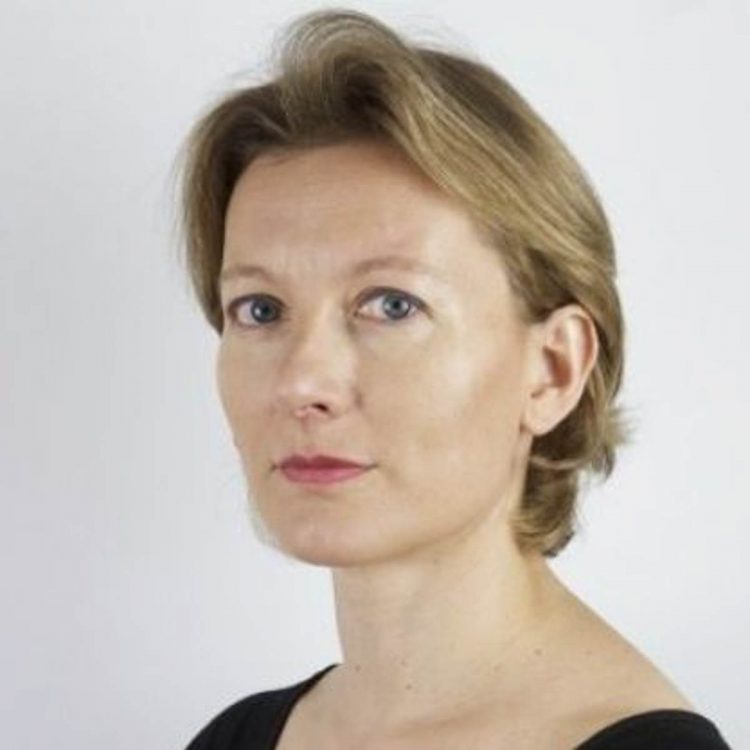
I grew up with the esthetic and images of medieval (not only) art which always were part of our normal life at home, each project that entered our home became part of our common memory and daily life somehow — be it the impressive big bible of Wenzel with all this rich imagery of which I remember being fascinated as a child, be it the Siyah Qalem or Klimt designs. Everything just became part of our natural environment.
It entered in a natural and always respectful way, allowing me to approach all these subjects and imagery in the way and measure I just wanted and however it interested me.
I remember so many trips, meetings and contact with people all over the world during all these years from my childhood on, and as I observe in my own children now, the access to this imagery and medieval art is so natural when you are young, the fascination of these worlds is inherent in all of us.
Some of my favorites and most marking memories are related to trips we made together in connection with some projects he was realizing. I will never forget the trip to Rossano in Calabria, where we spent some weeks in a camping site as the guests of honor of the whole town. The teacher of the town was responsible for taking personally care of us every day and so he did — every morning he came to check if we were ok and to take my father to some tour with or without us.
I will never forget the official visit to Rossano, with all the people looking at us from their windows and greeting us, seeing the Codex Rossanensis with a deep feeling of respect and experiencing the importance of history and art, the immortality and weight of all these precious treasures of our cultural heritage, the importance of spreading this content and preserving all these unique pieces of our humanity.
Another moment that left its mark on me was a trip to New York when I was just finishing my studies and at a decisive point of my life when I was not quite sure where my way would lead me. We celebrated my sister’s birthday and in these times Manfred was just finishing the facsimile edition of the Black Book of Hours from the Pierpont Morgan Library.
He took me to the color corrections in the library and I was just taken by the aura of the original and its beauty, and the delicate and exquisite work in this manuscript.
I had the great luck to grow up with this and to be able to continue living this fascination and passion in each and every project we are realizing, a passion that my father always transmitted to us.
He was a wonderful, sensitive, and respectful teacher and he was able to infect everybody around him with this passion for beauty, content and unstoppable curiosity for learning, discovering, listening, and progress as an individual being but always in the context of a world and human society.
Roger Wieck, Curator of Medieval and Renaissance Manuscripts at The Morgan Library & Museum
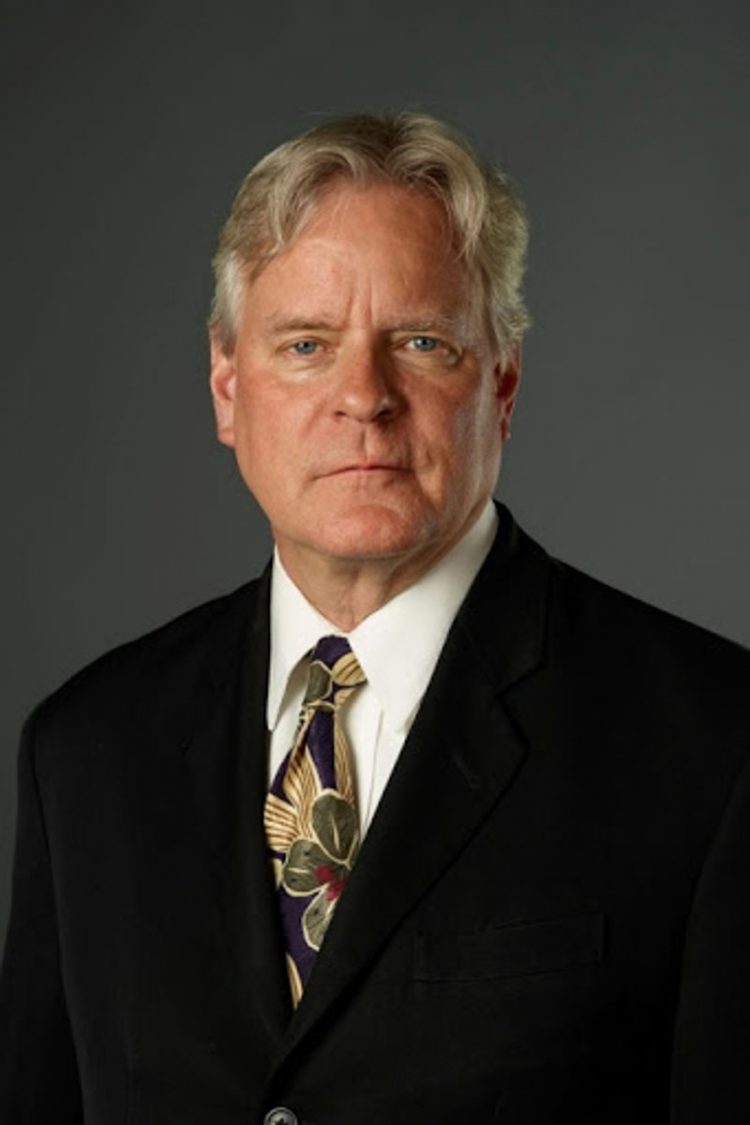
I saw Manfred infrequently, but those meetings were always a pleasure. Manfred was gentlemanly, courtly (in a good way), supremely polite, but also with a cool and balanced mind for business. It was always a pleasure doing business with him.
I first met him in the 1990s when Faksimile-Verlag was producing the Crusader Bible (MS M.638) facsimile. The company’s next Morgan facsimile was of a manuscript dear to my heart: the Prayer Book of Anne de Bretagne (MS M.50), illuminated by Jean Poyer. Writing the commentary for that publication, I was displeased at the time when Faksimile-Verlag changed the production schedule, giving me less than four months to write my text as opposed to the year and a half I originally had.
The change, I can now admit, helped me focus my thoughts and, in the process, I think I wrote a better commentary for less time. When the book came out I pointed out an error that mortified Manfred: the leather box housing the facsimile was stamped “Prayerbook” instead of “Prayer Book”. I joked with Manfred that he should allow authors to read ALL copy.
Eberhard König, Art Historian and Medievalist
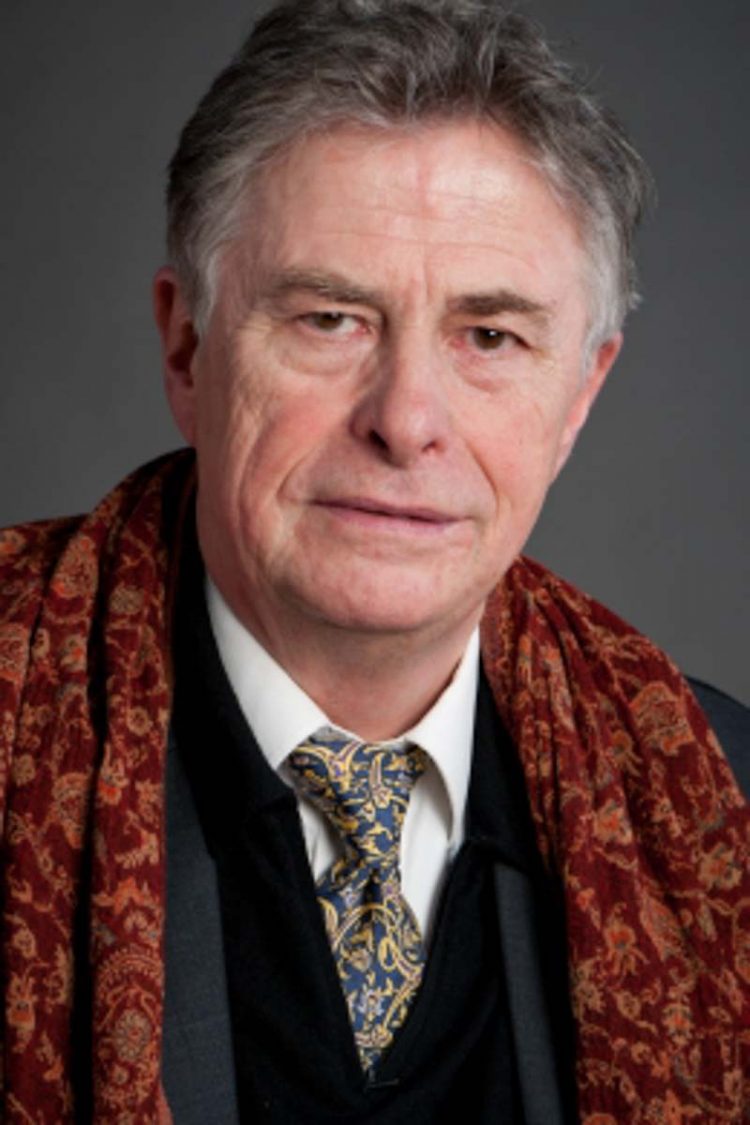
For Manfred Kramer, who was so highly educated both in literature and history, the facsimile became a life’s mission. A polyglot mind, he quickly established collaborations with libraries around the world, always with the consent of librarians, be it Marcel Thomas in Paris or Bill Voelkle in New York; and he was highly valued even in the network of renowned manuscript specialists.
His edition of the Bamberg Apocalypse (2000) bears witness to the quality of his reproductions, which had been perfected during his time in Graz. Because of the special value of manuscript editions which had been previously dismembered, Manfred brought together the Hours of Katharina Kleve, which had been broken up in the 19th century into a “Catholic” part for the Arenbergs and a “Jewish” part for the Rothschild family. With the Lorsch Gospels, whose fragments are kept both in the Romanian Alba Julia and in the Vatican Library and which could finally be presented in Lorsch, Manfred Kramer reaffirmed his position internationally.
Between academic studies and libraries, Manfred was a unique figure — as a merchant he needed to ensure economic profitability, and as a historian he had to guarantee the reliability of commentary volumes, which were given a new meaning under his direction.
Manfred’s editions increasingly addressed the small group of minds who are familiar with the infinite variety of manuscripts between Late Antiquity and the Renaissance. Like his authors and his closest contacts, he knew that one could not be satisfied with the rare exhibitions in which a single opening was displayed under reduced light, and even less with the ephemeral photographs on the Internet that level out the physicality of books.
Manfred was a renowned expert of literature, history, and art from Late Antiquity until the Renaissance. Yet, because he sold such expensive books, his mind and heart were always with the people who could not afford them. This is why he promoted less expensive editions, such as Glanzlichter der Buchkunst or editions for the Wissenschaftliche Buchgesellschaft, and carefully checked the quality of whatever he produced.
With his knowledge about medieval manuscripts, Manfred was able to inspire a much greater public than the niche of high-quality facsimile collectors.
Dieter Röschel, Art Historian

I admired Manfred Kramer for his impressive knowledge in the field of manuscripts and his brilliant intellect. He was a bridge-builder between the world of science and great libraries on the one hand and the world of editors, specialized in highest quality printing, on the other.
He knew almost everybody of importance in both worlds, and almost everybody knew him. It was sometimes easier to meet him in one of the great libraries in Vienna, Berlin, London, New York, Paris, Sankt Petersburg etc. than in Graz, Lucerne, or Munich, the important stations of his professional activity.
In the field of facsimiles he was an important authority, for decades of greatest influence in determining what a facsimile is and what it should be.
He was the one keeping always in mind that a facsimile is not just a manuscript’s copy as faithful as possible, but in combining the act of reproduction with a thorough investigation, published in the commentary, scientific activity of greatest importance.
With Manfred Kramer we lost a very, very important pillar of the facsimile-world. I shall miss him, I shall miss benefiting from his knowledge, I shall miss the pleasure to meet him and, within seconds, to be involved in a witty conversation. My thoughts are with his family, with my sincere condolences.
Alexander Wilhelm, International Marketing & Business Development Consultant
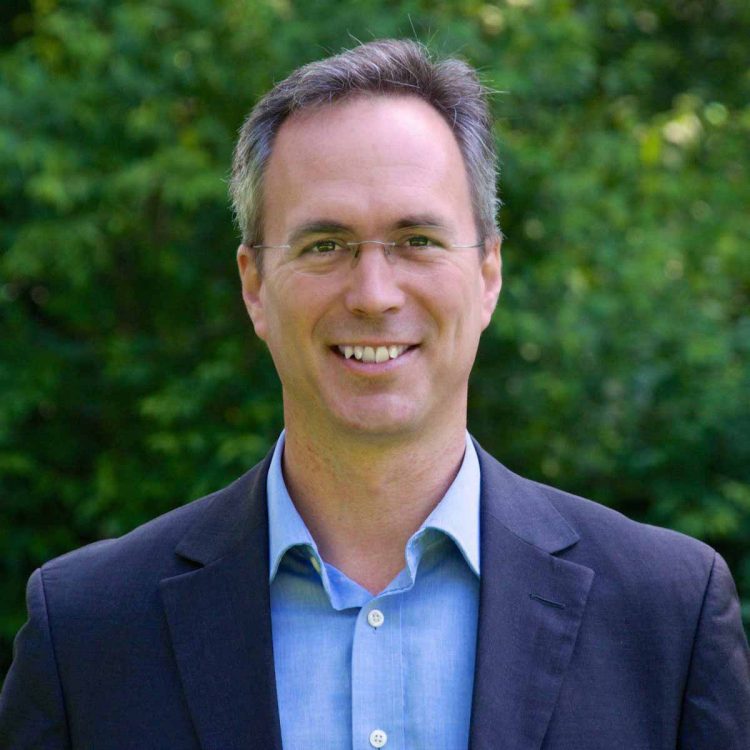
When I first met Manfred as a young student of history, I never had heard anything about a product called “facsimile” before. I got the chance for an internship in Graz, and I learned about these strange reproductions of old manuscripts.
I learned very much in a short time, and I was fascinated. I was especially fascinated by his passion for facsimiles. And I was impressed by the techniques he helped to develop and advance which were necessary to reproduce these masterpieces down to the smallest detail. I was stunned with his gigantic knowledge about art, illumination, and about the book in general.
I was lucky enough to get the possibility to accompany him for some years and to work together. It took me some time — especially based on his modesty, always putting the facsimile in front, not himself — to realize that the facsimile business was like it was because of him.
He always had a deeper understanding of the importance of such editions, taking into account the many aspects it encloses: knowledge of the art and the artists; historical contexts; technical understanding; the importance of old craftsmanship; and especially his unique skills to communicate facsimiles.
He took facsimiles forward like nobody else. He lived facsimiles with every fiber of his heart. We all thank him. We all owe him. We will miss him. And we never will forget him.

